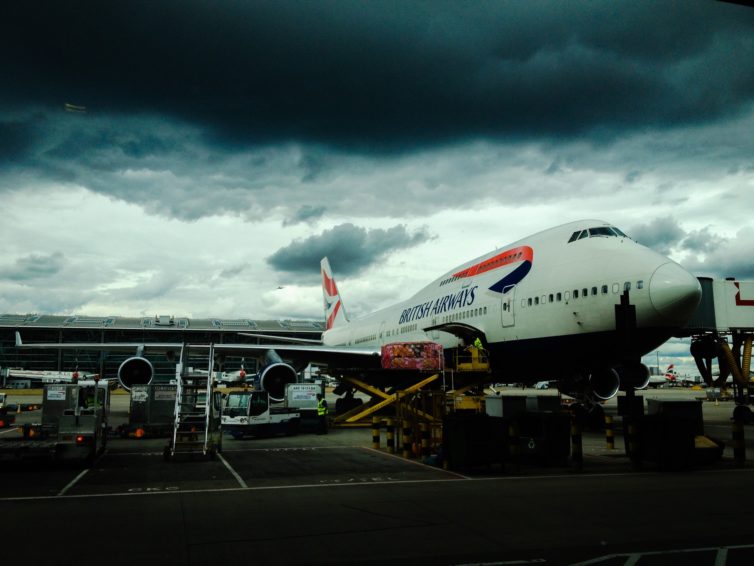
A British Airways 747 under dark skies – Photo: Francois Van
Here is something that I wasn’t expecting: staying up from 1:30 am to 5:30 am on a Saturday morning to take an online class, from British Airways, that helps people overcome their fear of flying. However, when I learned about their Flying With Confidence program, I couldn’t help but be curious.
I have never really feared flying much. Sure, there might be some hairy moments, but I typically enjoy when the flight gets a little turbulent. However, I know this is not the case for many people.
A fear of flying has always been rational to me. Not only are you in a tube flying 35,000 feet in the air, but when an airline is involved in an incident, it becomes an international story. Sure, one can share data about the safety of flying and use the classic line ’œyou are more likely to die driving to the airport,’ but those sorts of things rarely have a major impact.
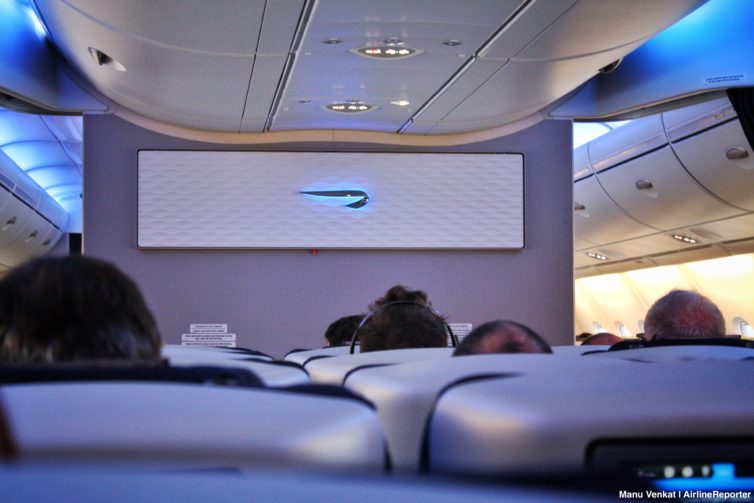
For many folks reading this story, this view is exciting, but for others it can be terrifying
Some passengers with flying phobias are able to painfully push through it, but others write off flying altogether. For those looking to overcome their fears, there are some legitimate ways to get help.
I was excited to see what the British Airways Flying with Confidence program had to offer, and I was interested to get more insight. I actually learned a few things that would not only help me with with future rough flights, but also some other phobias that I might or might not have (*cough* gnarly spiders *cough*).
ABOUT FLYING WITH CONFIDENCE

The introduction slide for the British Airways presentation – Image: British Airways
British Airways has been offering the Flying with Confidence course for about 35 years, and they have helped over 50,000 people. They claim to have a 98% success rate, and I can believe it. They offer a staff of over 40 people who assist from a number of different angles; from pilots to flight attendants, to air traffic controllers — all able to answer questions about the flying process.
Historically, they have only offered in-person courses at London Heathrow & Gatwick, Edinburgh, Glasgow, Manchester, Dubai, and Johannesburg. However, due to COVID, they started providing an online option. I felt lucky enough to participate in the first online class.
There was still an in-person session that took place in London, which had about 40 attendees safely spread out among two rooms — they typically have over 100 participants. The course was completed over two days. The first day was a presentation that went over the different aspects of flight and the psychology of flying phobias. On the second day, people boarded a British Airways Airbus A319 and took a flight to nowhere. How cool is that?
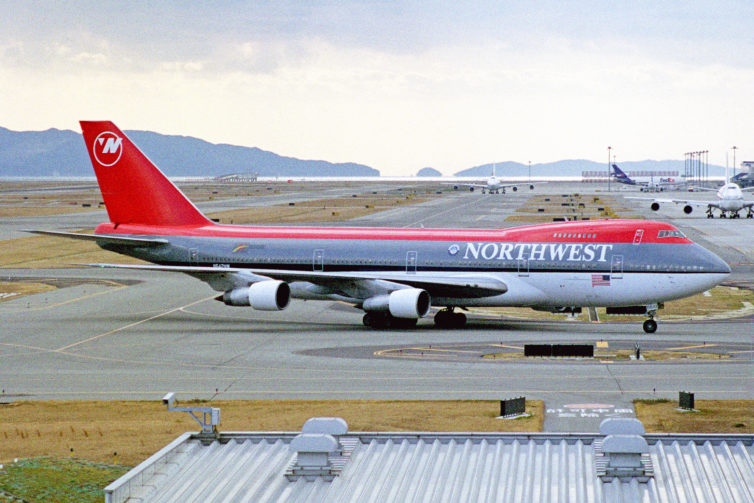
Our Northwest Boeing 747-200 (reg: N642NW & name: Madison) taken at Kansai International Airport in 1999 – Photo: Ken Fielding
I have a soft place in my heart for Northwest Boeing 747-200s. My first time flying in a 747, my first time flying as an unaccompanied minor, and my first time being able to ride in the nose section was all on one of those birds. Even though that was at the age of five, it was very exciting and has stayed with me.
Anytime I see a photo of one of these aircraft, I wonder if it is the one that I flew on. I have no way of knowing, but that doesn’t stop me from wanting to get to know more about the life of every Northwest 747-200 that I come across.
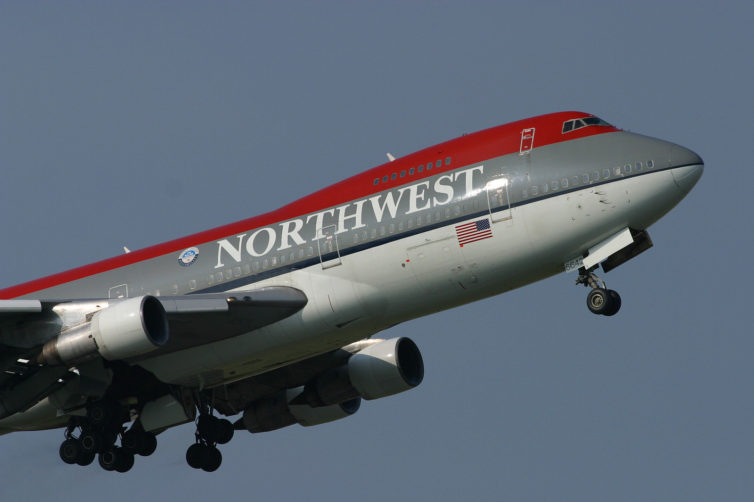
A photo taken of Madison in Aug 2004 – Photo: saku_y | FlickrCC
Not long ago, I documented the life of a Lockheed L1011 (which I named Martin). I have fun tracking down the lives (and often the deaths) of classic airliners and I enjoyed sharing Martin’s journey with you all (and many of you seemed to get a kick out of it as well). When I came across N642NW, a Northwest 747-200, I thought her history was pretty interesting and worth sharing.
I have decided to name this classic beauty Madison for two main reasons. During my trip (explained above), I flew from Seattle to Minneapolis to visit my uncles and we spent some time in Madison, WI. I might have also had a boyhood crush at the time on Madison from the movie Splash (played by Daryl Hannah). Either way, we can say that I like the name and I like the plane, so it works!
Now, let’s take a look at Madison’s birth, how she lived, and if she is still around today.

Part of the Kigali seen from the roof of Rwanda’s Parliament building (which you can visit!). – Photo: Matthew Chasmar
This February, I had the incredible opportunity to spend about 10 days visiting the East African country of Rwanda. Indeed, you may have already seen my previous story for AirlineReporter about my flights to and from the country. But what I wasn’t able to do in that story was talk about my impressions of Rwanda itself. As someone who had never travelled to Africa before, I immensely enjoyed my trip to Rwanda and would highly recommend visiting to someone curious about the region.
Seeing Kigali
I spent most of my time in Kigali, Rwanda’s capital, and biggest city. Kigali left an interesting impression on me because it felt very much like a city of contrasts. Some neighborhoods (like those around government buildings and foreign embassies) have a lot of new development. I saw impressive glass office buildings, luxury hotels, new apartments, and shopping malls.
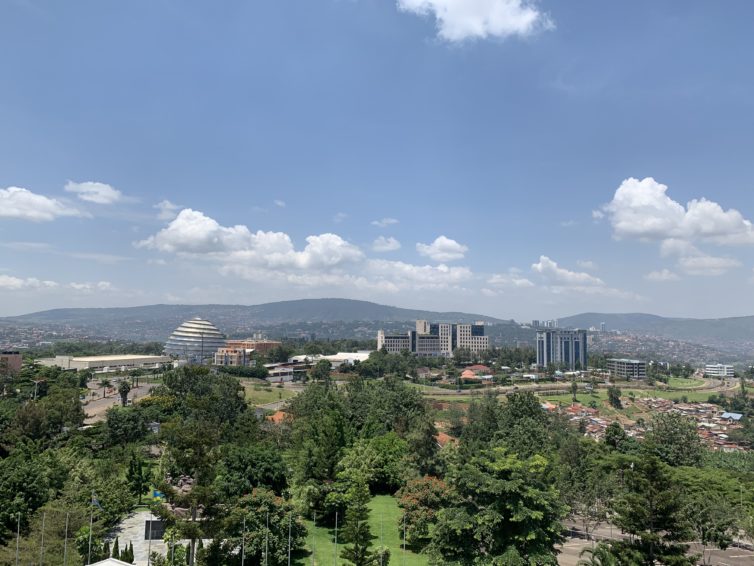
The dome on the left is the Kigali Convention Centre, a brand-new building that lights up at night. Next to it is a Radisson Blu Hotel. – Photo: Matthew Chasmar

The Alliance Tower, one of the most impressive buildings in Kigali’s Central Business District – Photo: Matthew Chasmar
That said, other parts of the city show that many Rwandans don’t enjoy these luxuries. On my first day there I had the chance to take a walking tour of Kigali’s Nyamirambo neighborhood, run by the Nyamirambo Women’s Center, a local charity. This was a great way to see what seemed to be a more typical Kigali neighborhood.
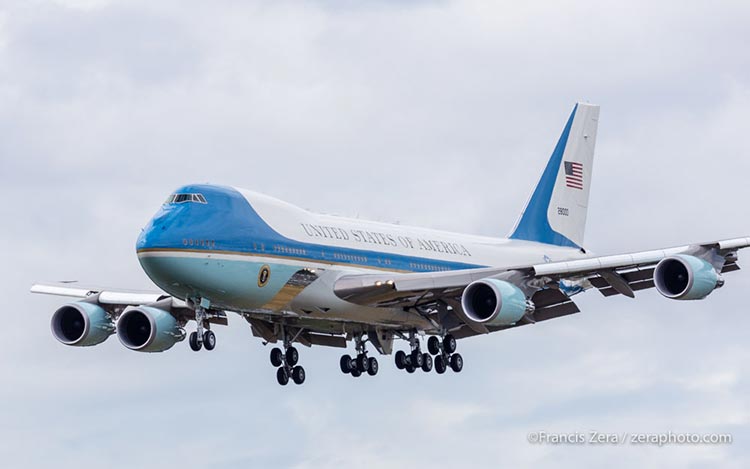
Air Force One about to land at Seattle-Tacoma International Airport
Air Force One has been an iconic aircraft since before I was born (not caring who was onboard, of course). Yes, I know that any aircraft carrying the U.S. President is called Air Force One, but I am talking about the two VC-25As – built off the Boeing 747-200 – that typically fly the president around the world. Those two planes (registration SAM 28000 and SAM 29000) not only represent the office of the president, but also our entire nation. In some ways, it says who we are as a people and how we want other nations to see us. Our country is also in the process of upgrading Air Force One to a pair of Boeing 747-8 Intercontinentals, called the VC-25B. You can probably look up dates when they might be finished, but I am willing to bet that the aircraft will be delayed.
I have also always been interested in the types of aircraft that other world leaders use for official duties around the world. Does it say something about their people? Their economies? Embargoes? Or what they might find cool and interesting? In this story I wanted to share in photos some of those aircraft. I am for sure not going to hit everyone, just those that I find the most interesting. Some leaders have an entire fleet of aircraft, while others might lease commercial aircraft from other countries to act as their state planes. The lines can often get blurred, but there are some interesting ones out there! I am not trying to make any political statements on why one state might run a fleet of wide-bodies, while another has a Cessna 152.
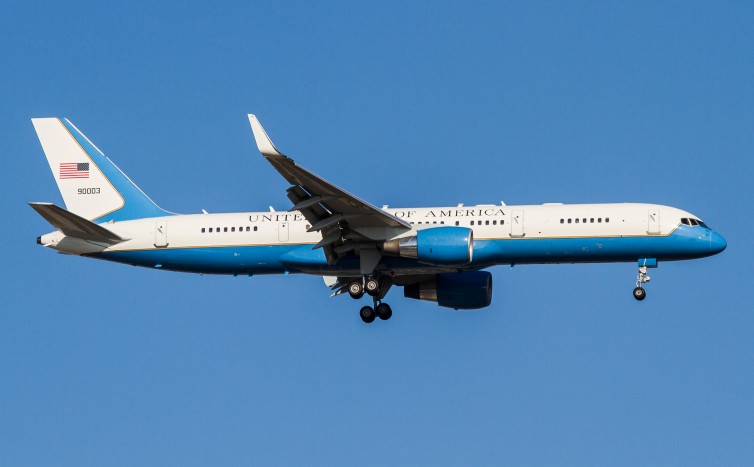
A C-32, based on the Boeing 757 – Photo: Jacob Pfleger
As you are looking through them… think about which aircraft you would want if you were a world leader. Sure, the Boeing 747 or Airbus A380 might seem like an easy choice for those who want to show off a bit, but not all airports can handle those big gals… hence why the U.S. has quite the fleet, including Boeing 757s (aka C-32), 737s (aka C-40), and many other aircraft at their disposal. Here we go!
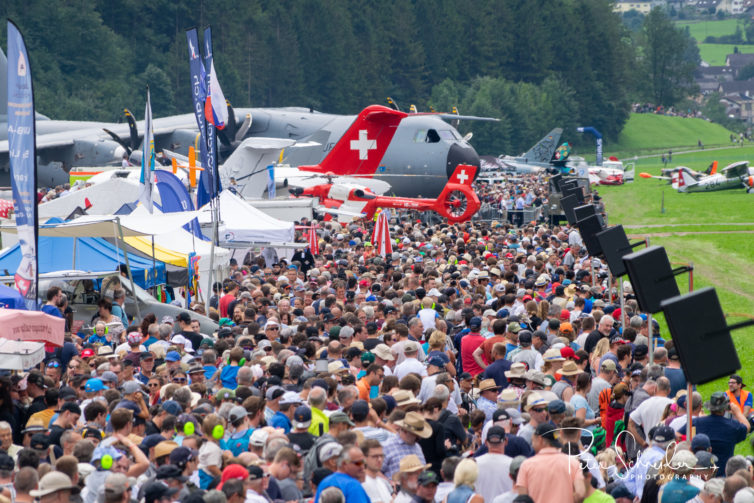
A very unusual picture for 2020: remember the days when we all could just pack into one place without a care in the world? Well, this photo is from Zigermeet 2019, a very well-attended airshow.
A year ago, no one would ever have thought what changes COVID-19 would force upon us in 2020. The airshow industry was hit very hard, with nearly all American airshows being canceled, and only a handful able to adapt to a drive-in style which allowed for ample social distancing. And it sure will be interesting to see how the 2021 airshow season will look like. What will the new normal be? Maybe more of the drive-in style shows? Time will tell. But it will definitely be a while before we are back to the “good old days” of massive crowds all packed together.
Speaking of airshows, since I have not been able to attend a single airshow this year, let’s look back at an airshow I attended during my vacation in Switzerland last summer.
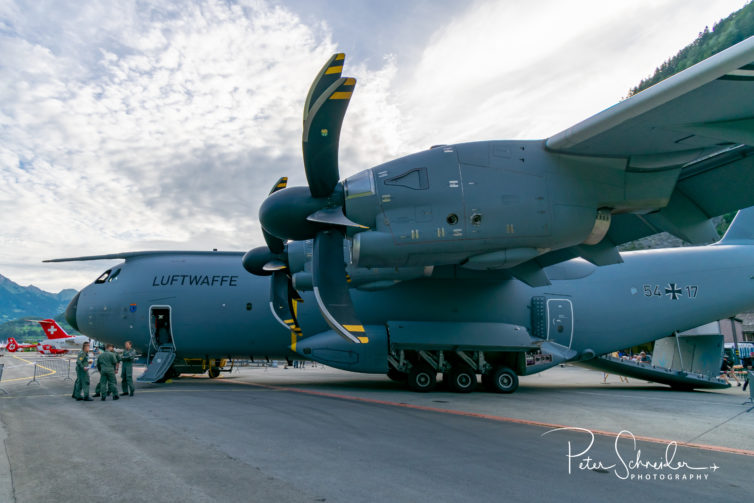
What exactly is the Zigermeet? It is the name of an airshow in Switzerland. Ziger is a byproduct from the process of making cheese. And meet, as in meeting or get together. The Ziger comes from the area of the Glarus Region in Switzerland, which is approximately a 65km or 40 mile drive south east of Zurich. The town of Mollis has an airport and that is where the Zigermeet 2019 airshow was held on August 16-17, 2019.
Many years ago the first Zigermeet airshow was a very small event, more like of a get together/fly-in of aviation enthusiasts. But over the years, the show kept growing, and with 2019 the Zigermeet became the largest airshow in Switzerland. Friday was considered a training day, with about 10,000 attendees, and Saturday was the main event day with 20,000 attendees.











